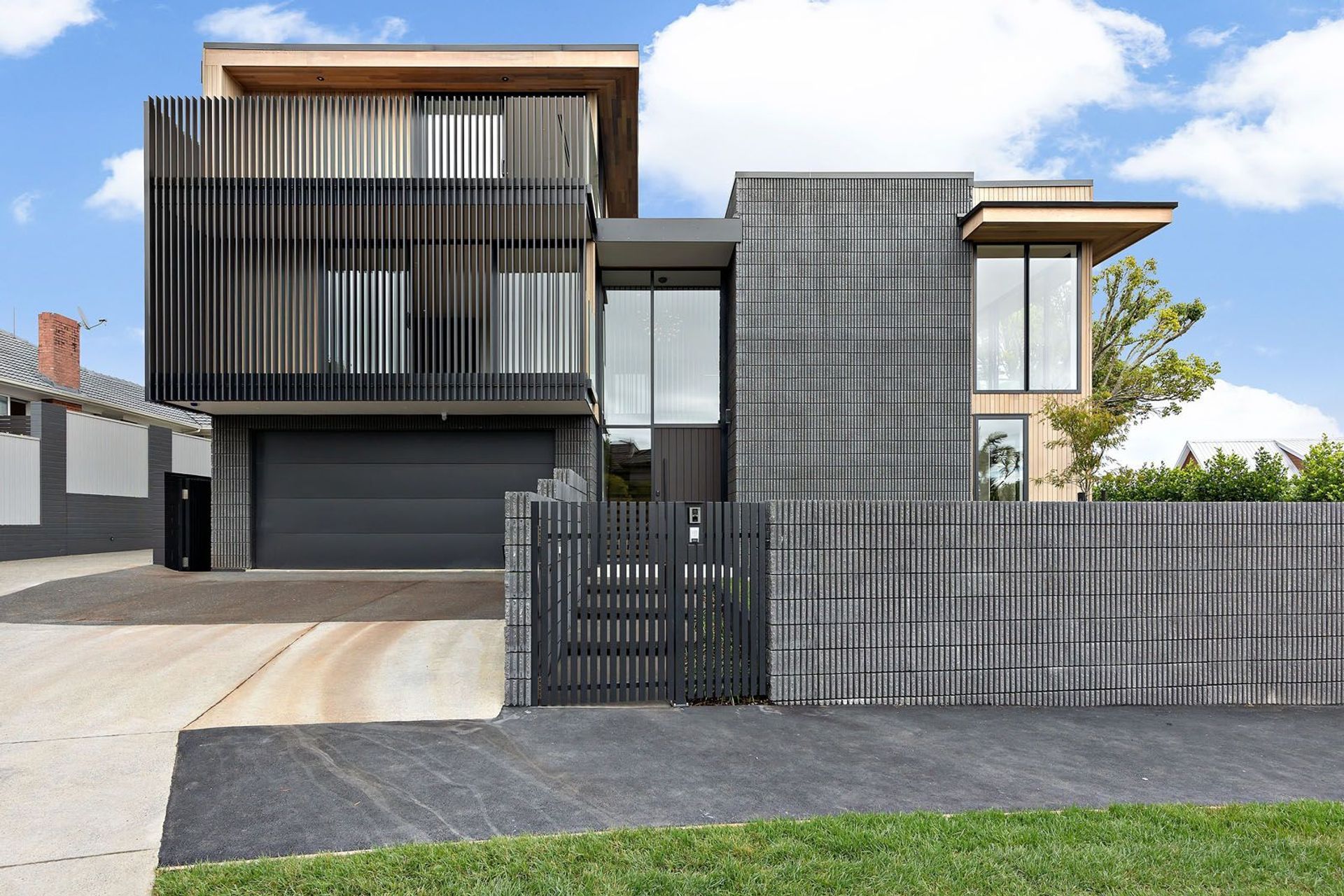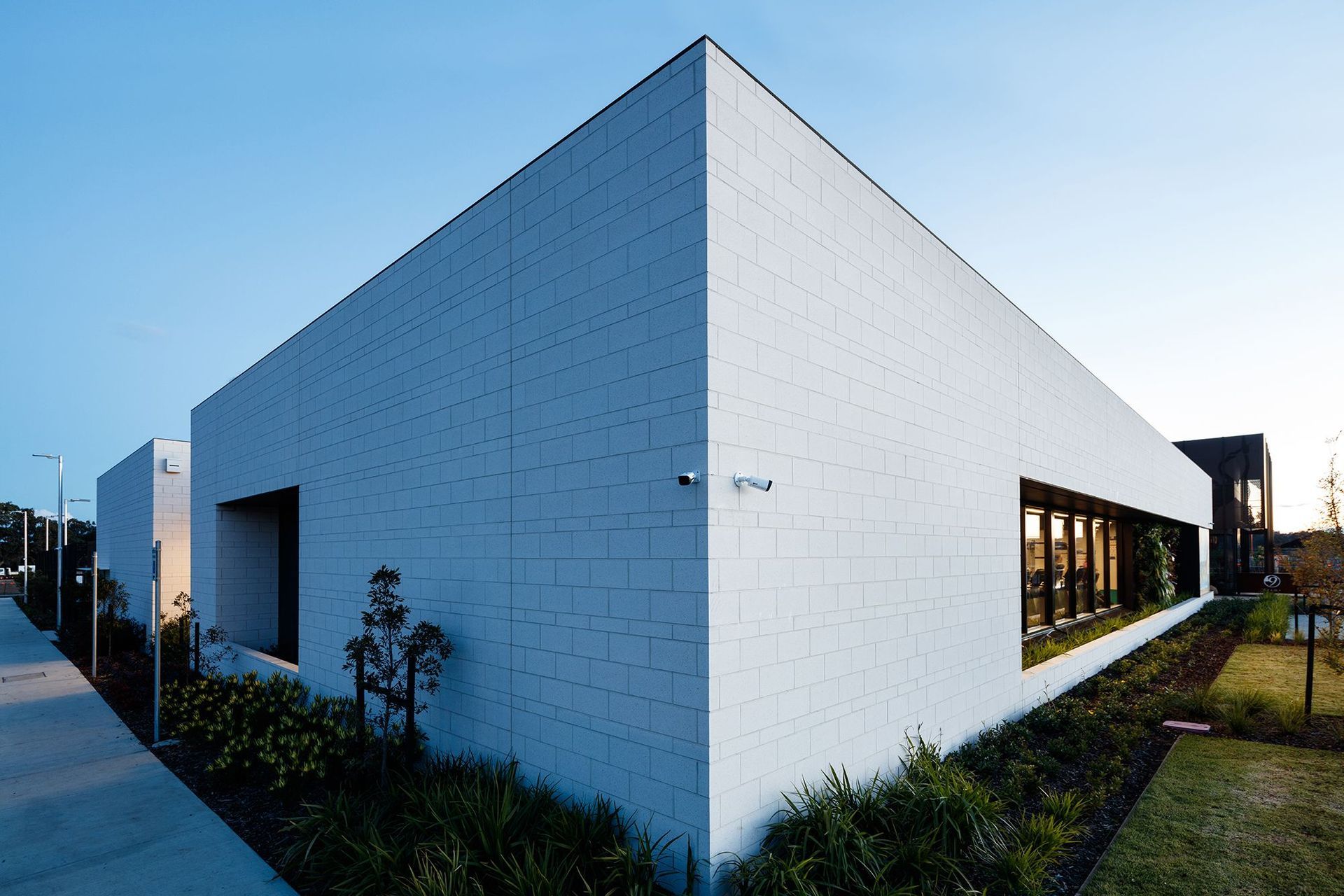What is cladding? A comprehensive guide
Written by
13 March 2023
•
6 min read

Given the all-encompassing role that house cladding plays in the protection and visual style of a home, making the right choice for a building project is crucial. As mentioned, there are many aspects to think about, some of which are quite technical and specific. With a wide range of options to choose from, knowing as much as you can about all the factors involved will help make your decision that much easier.
How should a good cladding system work?
A high-quality wall cladding system should deflect external elements, offer excellent drying and drainage, and provide a pleasing visual appearance. A cladding system should also be built to last, made from robust and durable materials.
There are several types of systems and each has its unique traits.
Prefabricated or attached system
A prefabricated or attached system is manufactured off-site, typically in a factory. They are designed into panels or sections and then transported to the construction site for quick installation. The main benefits are the flexibility and control they bring to a project as well as the cost and time savings they offer.
Curtain wall system
A curtain wall system is a non-structural attachment to an exterior. Unlike traditional wall systems, curtain walls are not meant to bear any load from the roof or the floor slabs. Because of this, their application tends to be for more decorative cladding products, as well as a protective layer for weather resistance and thermal efficiency.
Infill system
The infill system is a method where the spaces between the structural components of a building, such as the columns and floors, are filled with non-structural panels or cladding materials. They offer a high degree of customisation in terms of colour, texture and appearance.
Related article: Exquisite house cladding ideas for the modern home

Types of cladding materials
The types of cladding you pick will help with a home’s insulation, durability and style. Cladding helps improve your home's mechanical structure and can be water-resistant, reducing the risk of mould or interior damage. Some of the main cladding materials include:
Natural stone cladding
Natural stone cladding uses layers of real stone or stone-like materials to the exterior of buildings, offering a durable and visually pleasing facade. It is one of the less common choices due to its cost and availability but is prized for its natural, textural beauty and feeling of timelessness.
Brick cladding
Bricks are a highly popular choice for cladding in New Zealand, found throughout the country in homes both new and old. Brick cladding is incredibly robust, has warm aesthetics and has great thermal insulation properties. Brick veneer cladding is also available though that is more a type of composite cladding.
Timber cladding
Another Kiwi favourite, natural timber weatherboards offer universal appeal and is a reliable, tried and tested cladding material. It's appreciated for its environmental sustainability, ease of installation, and its unique, organic appearance.
Fibre cement cladding
Fibre cement cladding is a durable and versatile choice, typically made from a mix of cement, cellulose fibres, and sand, formed into panels, sheets or shingles. It is a low-maintenance, long-lasting alternative to traditional cladding materials with a range of textures and colours to choose from.
Aluminium cladding
Aluminium cladding is a type of metal cladding that is lightweight and durable, offering a sleek appearance highly suited to modern homes and buildings. Its high resistance to corrosion makes it a suitable choice for coastal properties and its flexibility makes it a favourite among builders and architects alike.
Composite cladding
Composite cladding is a modern cladding material made from a blend of recycled wood fibres and plastics, typically turned into panels that cover the exterior of a building. It can very closely mimic the appearance of natural wood while being very low maintenance due to its resistance to rot, decay and insect damage.
Related article: What are the different types of cladding? - A complete guide
Interior cladding options
When discussing different types of cladding, you nearly always think about its application on external walls. But one shouldn’t forget that in a lot of instances, they can also be used as an interior option.
Interior cladding and wall panels tend to be used purely for styling and aesthetics, for instance, using natural stone for a feature wall. This type of decorative cladding can also offer some practical benefits like redefining rooms, protecting walls, and improving insulation.
Some of the most common interior options are PVC, wood, stone and metal cladding.
Related article: Stylish wall panelling ideas to inspire your next renovation
Cladding installation
Once you have taken your measurements and decided on your options, you may wonder what the method is for installation. Cladding must be installed after sheathing is completed. You will want to also complete insulation and house wraps to add protection.
Most times, cladding overlaps slightly, allowing for adequate water drainage. This also helps prevent moisture from seeping between cracks.
Choosing a team of cladding professionals to help with installation is a safer and more effective way than trying it out yourself. They can utilise specialised tools, accurate measuring, and purpose-built cutting devices.
Additionally, they can complete the project faster and will usually offer warranties. Vinyl or fibre cement cladding will typically cost less and have fewer installation expenses. Stone, brick and timber cladding will tend to be more labour-intensive and have higher costs, but it does depend on the specific type used.
Typically, contractors will use stainless-steel nails and caulk joints for installation. Additional finishes or sealants might cost extra. At any rate, it’s best to get an itemised quote where you can so you can understand all the costs involved.
Related article: What is the most cost-effective cladding in New Zealand?
Sustainable cladding
When deliberating over what systems or products to use, sustainability likely enters your mind. You want something that will last for years to come but also one that is environmentally friendly.
Most materials have options that are more eco-friendly in some forms than others. This is often due to the manufacturing processes of specific products, for example, you’ll find timber cladding products sourced from sustainable forestry and others that are not.
Stone, brick, and some metals offer the benefit of being recyclable which definitely has strong merit in this day and age. Brick cladding and stone also come from natural resources that are often in abundance which again is helpful with respect to sustainability and makes them a popular choice.
Most reputable manufacturers have taken sustainability into account and will be able to provide ample information about this and any other environmental credentials they may have.
Related article: Cladding and sustainability — what are the best options?
Finding your ideal house cladding
Whether it's replacing your old timber weatherboards or choosing sleek metal cladding for a new build, there'll be a cladding material that is perfect for you. Having covered most of the main types, cladding systems, installation methods and sustainability issues, you're now in a great position to make a choice that delivers now and for years to come.
(This article was updated on 2nd December 2024)
Discover an extensive range of cladding solutions for your next project on ArchiPro




